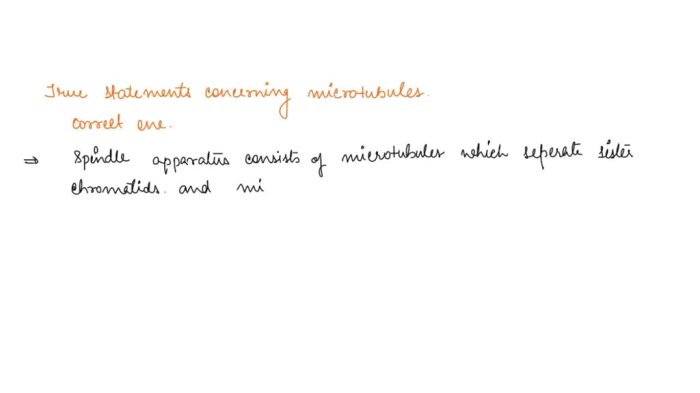Introducing the cell cycle and mitosis worksheet answers, a valuable resource designed to enhance your understanding of these fundamental biological processes. This comprehensive guide provides clear and concise explanations, empowering you to excel in your studies and gain a deeper appreciation for the intricacies of cell division.
Throughout this guide, we will delve into the various stages of the cell cycle, exploring the key events that occur during mitosis and the factors that regulate these processes. We will also examine the applications of mitosis in growth, development, and disease.
Cell Cycle and Mitosis Overview
The cell cycle is the series of events that occur in a cell leading to its division and duplication. Mitosis is the specific type of cell division that results in two daughter cells that are genetically identical to the parent cell.
The cell cycle is divided into four main stages: interphase, prophase, metaphase, anaphase, and telophase. During interphase, the cell grows and prepares for division. During prophase, the chromosomes become visible and the nuclear envelope breaks down. During metaphase, the chromosomes line up in the center of the cell.
During anaphase, the chromosomes are separated and pulled to opposite ends of the cell. During telophase, two new nuclear envelopes form around the chromosomes and the cell membrane pinches in the middle, dividing the cell into two daughter cells.
Phases of Mitosis
Prophase
Prophase is the first and longest stage of mitosis. During prophase, the chromosomes become visible and the nuclear envelope breaks down. The centrosomes, which are responsible for organizing the spindle fibers, begin to move to opposite ends of the cell.
Metaphase
Metaphase is the second stage of mitosis. During metaphase, the chromosomes line up in the center of the cell. The spindle fibers attach to the chromosomes and begin to pull them apart.
Anaphase, Cell cycle and mitosis worksheet answers
Anaphase is the third stage of mitosis. During anaphase, the chromosomes are separated and pulled to opposite ends of the cell. The spindle fibers continue to shorten, pulling the chromosomes further apart.
Telophase
Telophase is the fourth and final stage of mitosis. During telophase, two new nuclear envelopes form around the chromosomes and the cell membrane pinches in the middle, dividing the cell into two daughter cells.
Regulation of Cell Cycle and Mitosis
The cell cycle is regulated by a variety of factors, including growth factors, hormones, and cell-cycle checkpoints. Growth factors are proteins that stimulate cell growth and division. Hormones are chemical messengers that can also stimulate cell growth and division. Cell-cycle checkpoints are points in the cell cycle where the cell checks for errors and can halt the cell cycle if errors are detected.
Dysregulation of the cell cycle can lead to a variety of problems, including cancer. Cancer is a disease characterized by uncontrolled cell growth and division. Dysregulation of the cell cycle can also lead to birth defects and other developmental problems.
Applications of Mitosis: Cell Cycle And Mitosis Worksheet Answers
Mitosis is essential for growth and development. It is also essential for tissue repair. When cells are damaged or die, mitosis can replace them with new cells.
Mitosis can also contribute to cancer development. Cancer cells are cells that have lost the ability to control their cell cycle. This can lead to uncontrolled cell growth and division, which can form a tumor.
FAQ Section
What is the difference between mitosis and meiosis?
Mitosis produces two identical daughter cells with the same number of chromosomes as the parent cell, while meiosis produces four daughter cells with half the number of chromosomes as the parent cell.
What are the key events that occur during mitosis?
The key events that occur during mitosis include prophase, metaphase, anaphase, and telophase.
What are the factors that regulate the cell cycle?
The factors that regulate the cell cycle include checkpoints, cyclins, and cyclin-dependent kinases.
